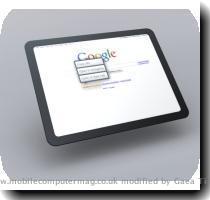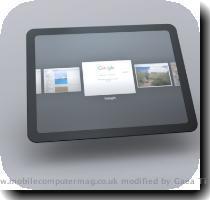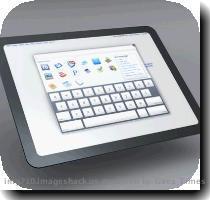Search giant Google has launched a TV service that unites live television with the web.
The "smart TV" service allows people to search both live channels as well as content from websites such as YouTube.
Special TV sets - or normal TVs connected to a Google box - will also allow people to access the web and download applications.
The first TV sets will be produced by Sony and should be available in the Autumn.
"Video should be consumed on the biggest, brightest, best screen in your house - the television," said Rishi Chandra of the firm. "That's not the PC, or mobile."
He said that there were currently 4bn TV users worldwide and that around $70bn (£50bn) was spent annually on adverts in the US alone.
"There is no better medium to reach a wider and broader audience than TV," he said.
Continue reading the main story
Google is great at organising information, both legal and illegal
Dan Cryan
Google generates the lion's share of its revenue from selling web ads and many analysts speculate that its move into television is an extension of the business.
Dan Cryan, an analyst at Research Firm Screen Digest, said that television was a "very natural space" for Google.
"Its stated ambition is to organise the World's information, so why not move into it," he told BBC News.
He said that there had been several attempts to connect televisions to the internet in the past but none had been "terribly successful".
"Things have changed recently with an increasing number of higher quality web TV services available on TV sets."
'Mobile impact'
Google showed off the service at a launch event in San Francisco that was plagued by technical glitches.
So many people in the 5,000-strong audience were using the conference wi-fi that the demo ran into repeated problems.
Google finally had to ask people to disconnect their phones from the wireless network to free-up enough bandwidth.
The service is built around an onscreen search box, similar to Google's web offering, that allows people to search for content on live channels or the web.
 Google have announced several products at the conference
Google have announced several products at the conference
Mr Chandra showed how searching for the television programme House brought up results from live channels as well as web services such as Hulu and Amazon.
"The TV becomes a natural extension of the web," he said. "You spend less time finding your favourite content and more time watching it."
The service streams shows from the web using Google's Chrome browser.
Mr Cryan said the approach opened up an "interesting question" about whether people would use the service to watch pirated content.
"Google is great at organising information, both legal and illegal," he said.
The browser also allows people to search non-video content from the web.
"We can make your TV into a games console, a photo viewer or a music player," Mr Chandra said.
The first television sets will be built by Sony, who will also build the service into a Blu-Ray DVD player. Set top boxes and peripherals will be built by Logitech, although the service can also be controlled from a mobile phone running Google's Android operating system.
The TVs and boxes will also use Android and will rely on an Intel microprocessor.
"We want to have the same impact on TV that the smartphone had on the mobile experience," said Mr Chandra.
Future battle
The firm has also used the conference to launch various initiatives, including an update to its Android operating system and an open source video project called WebM.
The WebM project will make the VP8 video codec, which it acquired when it bought On2 for $133m (£92m), open source.
Codecs are used to encode and decode web video. Various formats are currently competing to become the default standard for web video in the future.
Several web browser makers, including Mozilla, which makes Firefox, and Opera, have agreed to support Google's new format, which will be offered for free.
Another codec called H.264 has the support of Apple and Microsoft.
Whilst it will be free for the next five years, it is encumbered by patents and its owners MPEG LA plan to charge for its use.
 Google has launched a online music service (http://www.google.co.in/music) in India that enables users to search for legal music streams and downloads.
Google has launched a online music service (http://www.google.co.in/music) in India that enables users to search for legal music streams and downloads. 
 At the on-going Computex 2010 Expo, Google announced that Chrome OS would be released in Fall (September) this year.
At the on-going Computex 2010 Expo, Google announced that Chrome OS would be released in Fall (September) this year.  Google have announced several products at the conference
Google have announced several products at the conference



 Mountain View, California -- Google did not invent search, but it is one of the most valuable terminus a quo for more than 1 billion Google searches a day, is getting its most substantial renovation in years. The Mountain View, Calif.,search engine leader is rolling out a major redesign for its search results on Wednesday, indicating the start of what promises to be a period of intensified competition with rival Microsoft Bing.
Mountain View, California -- Google did not invent search, but it is one of the most valuable terminus a quo for more than 1 billion Google searches a day, is getting its most substantial renovation in years. The Mountain View, Calif.,search engine leader is rolling out a major redesign for its search results on Wednesday, indicating the start of what promises to be a period of intensified competition with rival Microsoft Bing.
 To get started with Chrome beta's expanded sync, click on the wrench icon on the far right of your browser window and select 'Set up sync.' Just login to you Google account through the pop-up window that appears, and Chrome will save all your settings to your Google Docs account. (Note, though, that you cannot change your Chrome settings directly from Google Docs.)
To get started with Chrome beta's expanded sync, click on the wrench icon on the far right of your browser window and select 'Set up sync.' Just login to you Google account through the pop-up window that appears, and Chrome will save all your settings to your Google Docs account. (Note, though, that you cannot change your Chrome settings directly from Google Docs.) To re-enable your extensions, you can either click on the 'extensions manager' link at the bottom of the Incognito Mode start page or go directly to the extensions manager page by clicking on the wrench icon on the far right of your browser window. For every extension you want to run in Incognito Mode, click the "Allow this extension to run in incognito" check box, and click "Authorize" if a pop-up window appears. But keep in mind that browser extensions will be able to record your browsing data in Incognito Mode, which kind of defeats the whole purpose of using the feature. Nevertheless, if you want to save some of those Playboy articles to Instapaper to read later, enabling extensions in Incognito Mode might be worth it for you.
To re-enable your extensions, you can either click on the 'extensions manager' link at the bottom of the Incognito Mode start page or go directly to the extensions manager page by clicking on the wrench icon on the far right of your browser window. For every extension you want to run in Incognito Mode, click the "Allow this extension to run in incognito" check box, and click "Authorize" if a pop-up window appears. But keep in mind that browser extensions will be able to record your browsing data in Incognito Mode, which kind of defeats the whole purpose of using the feature. Nevertheless, if you want to save some of those Playboy articles to Instapaper to read later, enabling extensions in Incognito Mode might be worth it for you.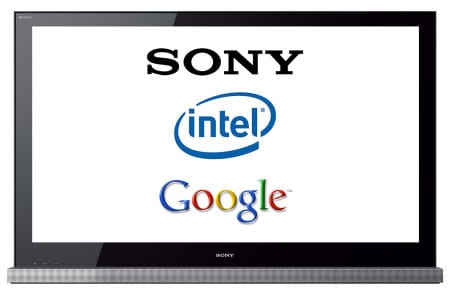











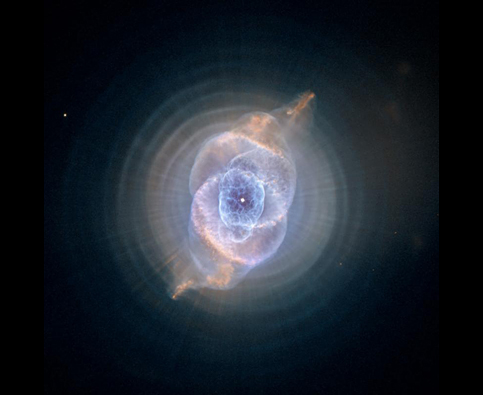




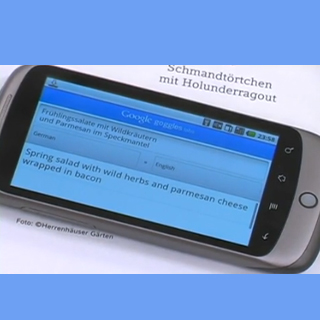 Here’s quite an interesting piece of software coming from Google. As mentioned in the official Google Blog, the Mobile World Congress at Barcelona bore witness to a prototype version of Google Goggles. This software displayed the possibility of incorporating Google’s machine translation and image recognition technologies.
Here’s quite an interesting piece of software coming from Google. As mentioned in the official Google Blog, the Mobile World Congress at Barcelona bore witness to a prototype version of Google Goggles. This software displayed the possibility of incorporating Google’s machine translation and image recognition technologies. 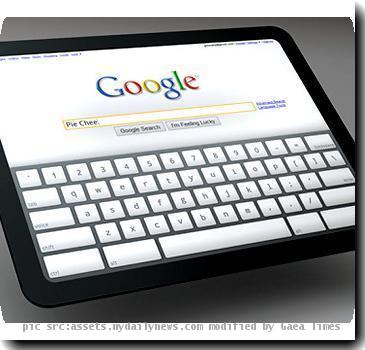 In their constant strive to outperform and eclipse Apple's gadgets, Googlehas provided a possible peek at what their rivaltablet computer may look like. To develop the tablet, Google is reportedly teaming up with Taiwan-basedHTC, the same company it worked with to create its Nexus One phone.
In their constant strive to outperform and eclipse Apple's gadgets, Googlehas provided a possible peek at what their rivaltablet computer may look like. To develop the tablet, Google is reportedly teaming up with Taiwan-basedHTC, the same company it worked with to create its Nexus One phone.